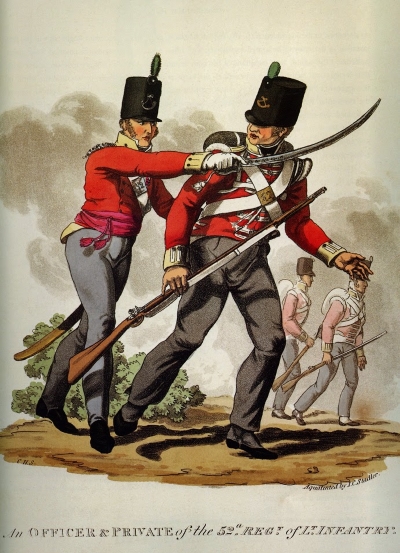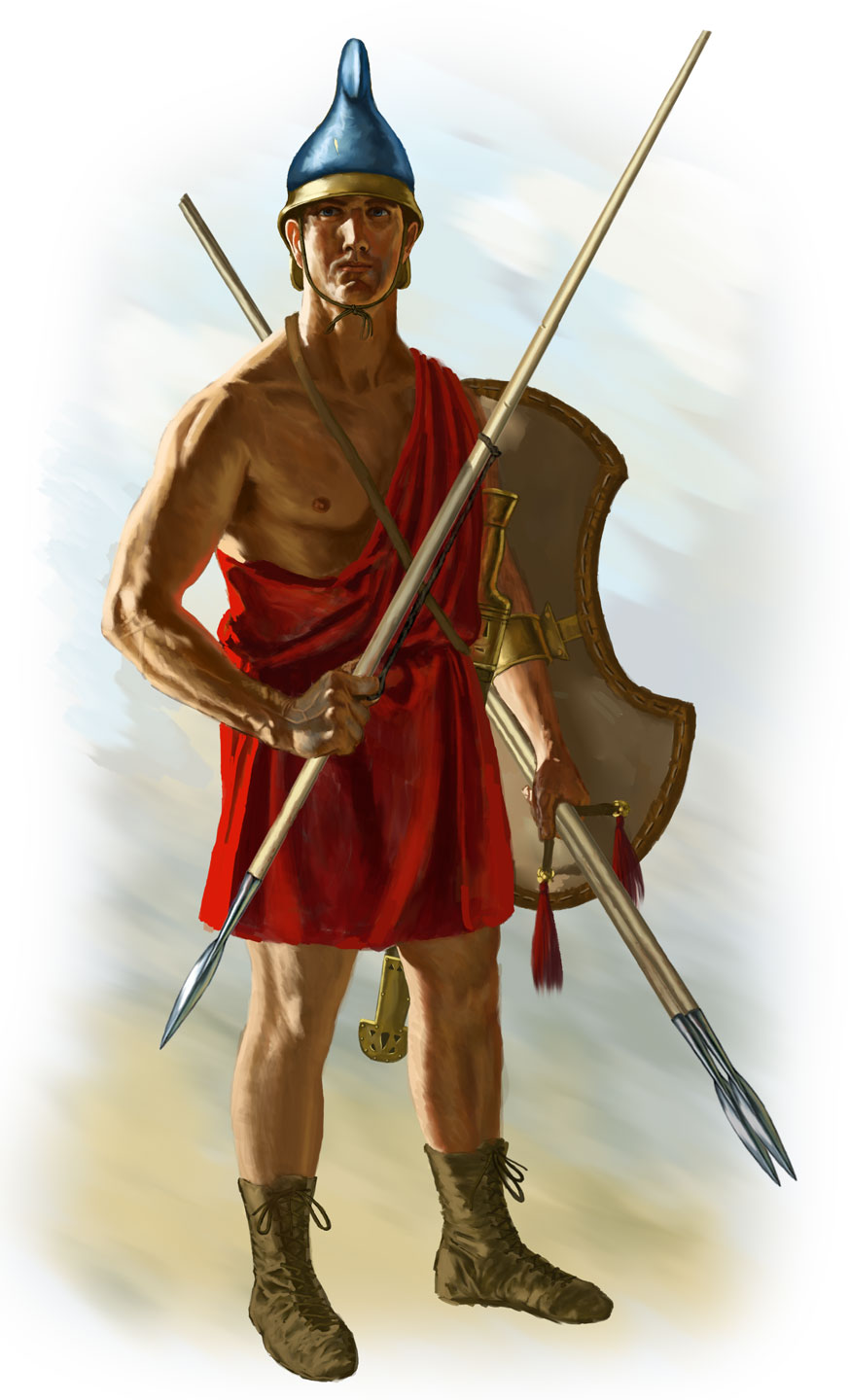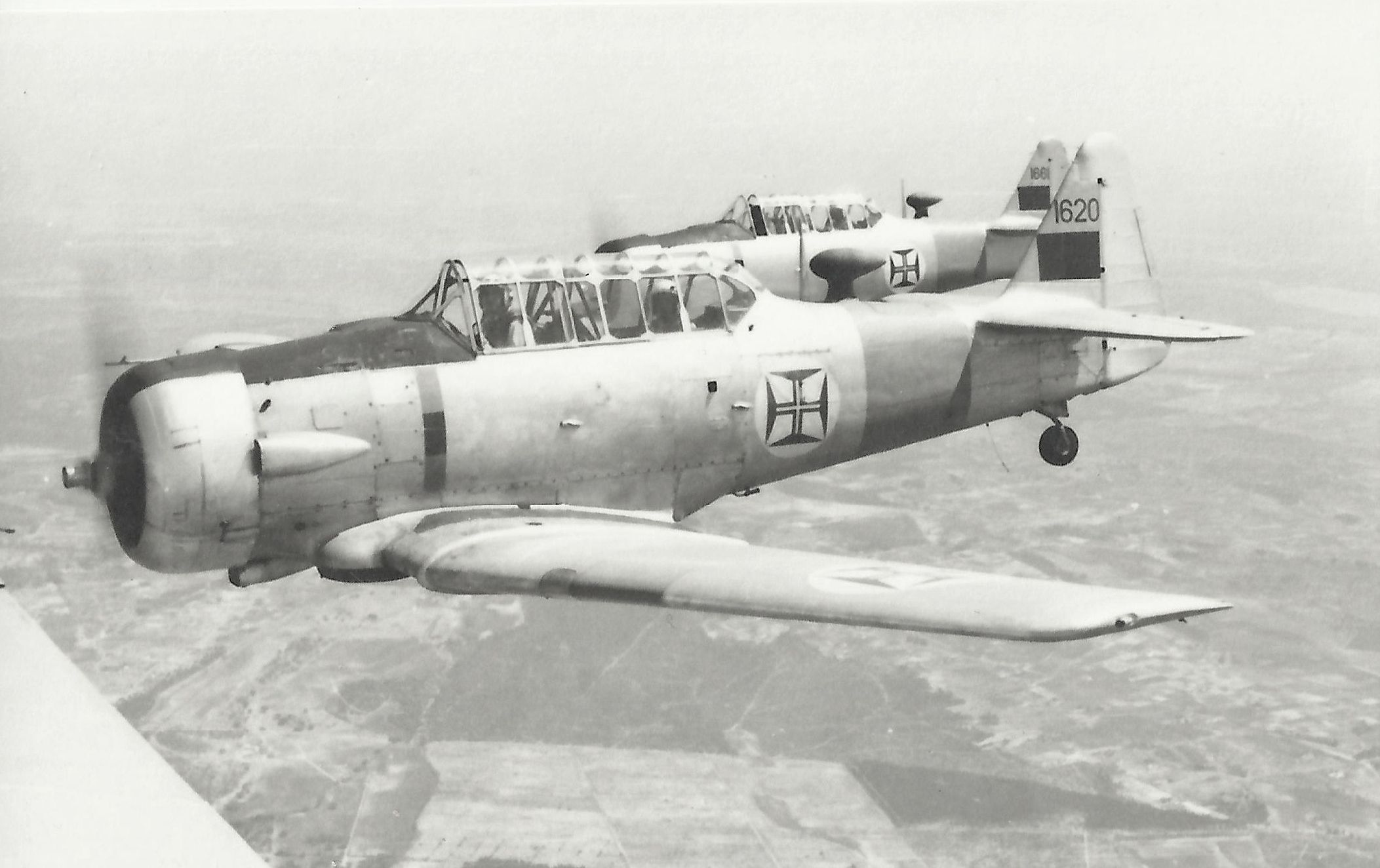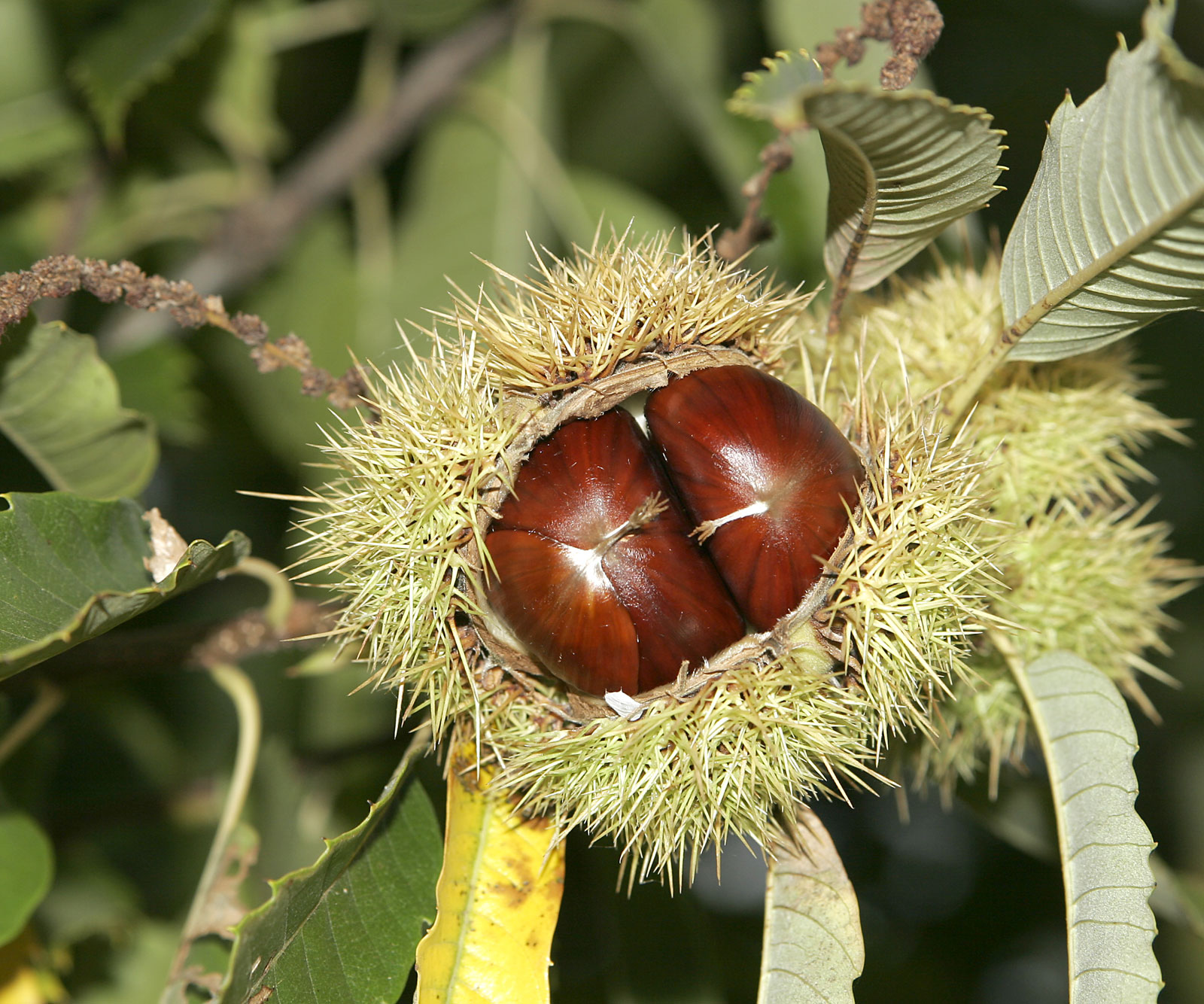|
Caçadores
The Caçadores (hunters) were the elite light infantry troops of the Portuguese Army, in the late 18th and early 19th centuries. Units of ''Caçadores'' – with features somewhat different from the original ones – continued to exist in the Portuguese Armed Forces until the 1970s, namely the Caçadores Especiais (special hunters) – several special forces companies of the Portuguese Army created by the Special Operations Troops Centre at the beginning of the 1960s and heavily employed throughout the Portuguese Colonial War (1961-1974) in Africa. Etymology ''Caçadores'' is the plural of ''caçador'', the Portuguese language, Portuguese word for "hunter". It has also been used to designate each one of the elite light infantry soldiers of the Portuguese Army. As such it is a direct equivalent of the German military term ''Jäger (military), Jäger'' and the French military term ''chasseur''. It may also be considered comparable to the English language term ''ranger''. Origin ... [...More Info...] [...Related Items...] OR: [Wikipedia] [Google] [Baidu] |
Portuguese Colonial War
The Portuguese Colonial War (), also known in Portugal as the Overseas War () or in the Portuguese Empire, former colonies as the War of Liberation (), and also known as the Angolan War of Independence, Angolan, Guinea-Bissau War of Independence, Guinea-Bissau and Mozambican War of Independence, was a 13-year-long conflict fought between Portuguese military history, Portugal's military and the emerging Nationalism, nationalist movements in Portugal's African colonies between 1961 and 1974. The Portuguese regime at the time, the , was overthrown by a military Carnation Revolution, coup in 1974, and the change in government brought the conflict to an end. The war was a decisive Ideology, ideological struggle in Lusophone Africa, surrounding nations, and mainland Portugal. The prevalent Portuguese and international historical approach considers the Portuguese Colonial War as was perceived at the time—a single conflict fought in the three separate Angolan War of Independence, Angol ... [...More Info...] [...Related Items...] OR: [Wikipedia] [Google] [Baidu] |
Light Division
The Light Division is a light infantry Division (military), division of the British Army. It was reformed in 2022, as part of Future Soldier (British Army), Future Soldier reforms. Its origins lay in "Light Companies" formed during the late 18th century, to move at speed over inhospitable terrain and protect a main force with skirmishing tactics. These units took advantage of then-new technology in the form of rifles, which allowed it to emphasise marksmanship, and were aimed primarily at disrupting and harassing enemy forces, in skirmishes before the main forces clashed. Formed in 1803, during the Napoleonic Wars, the Light Division was raised thereafter: during the Crimean War, the First World War, from 1968 to 2007, and from 2022 to the present day. Some light infantry units remained and remain outside of the Light Division. Origins of the Light Division The British Army's first three "Rifle Battalion" was raised by the 60th Regiment of Foot, 60th (Royal Americans) in 17 ... [...More Info...] [...Related Items...] OR: [Wikipedia] [Google] [Baidu] |
Portuguese Army
The Portuguese Army () is the land component of the Portuguese Armed Forces, Armed Forces of Portugal and is also its largest branch. It is charged with the defence of Portugal, in co-operation with other branches of the Armed Forces. With its origins going back to the 12th century, it can be considered one of the oldest active armies in the world. The Portuguese Army is commanded by the Chief of Staff of the Army (CEME), a subordinate of the Chief of the General Staff of the Armed Forces for the operational matters and a direct subordinate of the Ministry of National Defence (Portugal), Ministry of National Defense for all other matters. The CEME is the only officer in the Army with the rank of General (Four-star rank). Presently, the Portuguese Army is an entirely professional force made of career personnel (officer (armed forces), officers and Non-commissioned officer, NCOs) and of volunteer personnel (officers, NCOs and enlisted ranks). Until the early 1990s, conscripts con ... [...More Info...] [...Related Items...] OR: [Wikipedia] [Google] [Baidu] |
Special Operations Troops Centre
The CTOE - Centro de Tropas de Operações Especiais (Special Operations Troops Centre), based in Lamego, is a unit of the Portuguese Army with the mission of instructing troops in unconventional warfare and counter-terrorism. Until 2006, it was known as ''CIOE'' - ''Centro de Instrução de Operações Especiais'' (Special Operations Instruction Centre). The CTOE contains an operational unit called FOE - ''Força de Operações Especiais'' (Special Operations Force), popularly known as Rangers, tasked with performing missions like their counterparts such as US Army's Delta Force or British Special Air Service. Some of these missions include conducting long-range reconnaissance patrols, raids against high-value targets and enemy bases or hideouts, hostage rescue, covert operations, guerrilla warfare, locating enemy command and control centres, targeting and destruction of enemy air defences and radar systems, and POW rescue operations. The unit can be infiltrated by parachu ... [...More Info...] [...Related Items...] OR: [Wikipedia] [Google] [Baidu] |
Light Infantry
Light infantry refers to certain types of lightly equipped infantry throughout history. They have a more mobile or fluid function than other types of infantry, such as heavy infantry or line infantry. Historically, light infantry often fought as Reconnaissance, scouts, Raid (military), raiders, and skirmishers. These are loose formations that fight ahead of the main army to harass, delay, disrupt supply lines, engage the enemy's own skirmishing forces, and generally "soften up" an enemy before the main battle. Light infantrymen were also often responsible for Screening (tactical), screening the main body of a military formation. Following World War II, the term "light infantry" has evolved to include rapid-deployment units (including commando and Airborne forces, airborne units) that emphasize speed and mobility over armor and firepower. Some units or battalions that historically held a skirmishing role retain their designation "light infantry" for the sake of tradition. His ... [...More Info...] [...Related Items...] OR: [Wikipedia] [Google] [Baidu] |
Miguel Pereira Forjaz
D. Miguel Pereira Forjaz Coutinho, 10th Count of Feira (1 November 1769 – 6 November 1827) was a Portuguese general and War Secretary in the Peninsular War. Pivka, Otto von (1977). ''The Portuguese Army of the Napoleonic Wars'', p. 17. "The chivalrous ardour of the marechal-de-camp, Marquis d'Alorne, the activity and firmness of Gomez Freire de Andrada, the analytical and cool mind of Colonel Don Miguel Pereira Forjaz, were highly extolled. There were but few veterans left ..." Life He was the son of Diogo Pereira Forjaz Coutinho (born 23 May 1726) and the great grandson of the 9th Count of Feira, D. Álvaro Pereira Forjaz Coutinho (c.1656–?) and his wife Inês Antónia Barreto de Sá (c.1670–?). He was married twice, to Joana Eulália Freire de Andrade and to Maria do Patrocínio Freire de Andrade e Castro who died at childbirth. He entered the army in 1785, as a cadet in the Regiment of Peniche, in which he met many members of his family. In 1787 he was promoted to alf ... [...More Info...] [...Related Items...] OR: [Wikipedia] [Google] [Baidu] |
Parachute Troops School
The Regimento de Paraquedistas (formerly: Escola de Tropas Pára-Quedistas - Parachute Troops School), based in Tancos, Portugal, is a unit of the Portuguese Army and serves as the instruction center for recruitment and training of the Portuguese paratroopers. This unit includes an entire battalion, acting as support and reserve for airborne units which contains for example, military war dogs and airborne pathfinders and an instruction battalion responsible for the forming of new paratroopers. The ''RPára'' is part of the Rapid Reaction Brigade that includes other elite units like the army commandos and Army Special Operations. Like other Portuguese airborne units, the troops of the school are nicknamed "''Boinas Verdes''" (Green Berets) while recruits are nicknamed "''Catatuas''". History Origins The Airborne Battalion After the successful use of airborne forces in the Second World War by Germany and the Allies, other armed forces began to examine the possibility of ... [...More Info...] [...Related Items...] OR: [Wikipedia] [Google] [Baidu] |
Portuguese Armed Forces
The Portuguese Armed Forces () are the military of Portugal. They include the General Staff of the Armed Forces, the other unified bodies and the three service branches: Portuguese Navy, Portuguese Army and Portuguese Air Force. The President of the Republic is the head of the Portuguese military, with the title of " Supreme Commander of the Armed Forces" (''Comandante Supremo das Forças Armadas''). The management of the Armed Forces and the execution of the national defense policy is however done by the government (chaired by the Prime Minister) via its Minister of National Defense. The highest-ranking officer in the military is the Chief of the General Staff of the Armed Forces, which has operational control of the Armed Forces during peacetime and assumes their full control when a state of war exists. The Armed Forces are charged with protecting Portugal as well as supporting international peacekeeping efforts when mandated by North Atlantic Treaty Organization, the U ... [...More Info...] [...Related Items...] OR: [Wikipedia] [Google] [Baidu] |
Anglo-Portuguese Army
The Anglo-Portuguese Army was the combined British and Portuguese army that participated in the Peninsular War, under the command of Arthur Wellesley. The Army is also referred to as the British-Portuguese Army and, in Portuguese, as the ''Exército Anglo-Luso'' or the ''Exército Anglo-Português''. The Anglo-Portuguese Army was established with the British Army deployed to the Iberian Peninsula under the command of General Arthur Wellesley, and the Portuguese Army rebuilt under the leadership of British General William Beresford and the Portuguese War Secretary Miguel Pereira Forjaz. The new Portuguese battalions were supplied with British equipment, trained to British standards and thoroughly re-organised. Incompetent or corrupt officers were cashiered and appropriate replacements were appointed or promoted from amongst promising Non-commissioned officers. On 22 April 1809, Wellesley became Commander-in-Chief of the British Army in the Peninsula, replacing General ... [...More Info...] [...Related Items...] OR: [Wikipedia] [Google] [Baidu] |
Maroon
Maroon ( , ) is a brownish crimson color that takes its name from the French word , meaning chestnut. ''Marron'' is also one of the French translations for "brown". Terms describing interchangeable shades, with overlapping RGB ranges, include burgundy, claret, mulberry, and crimson. Different dictionaries define maroon differently. The ''Cambridge English Dictionary'' defines maroon as a dark reddish-purple color while its "American Dictionary" section defines maroon as dark brown-red. Lexico online dictionary defines maroon as a brownish-red. Similarly, Dictionary.com defines maroon as a dark brownish-red. The ''Shorter Oxford English Dictionary'' describes maroon as "a brownish-crimson or claret colour," while the Merriam-Webster online dictionary simply defines it as a dark red. In the sRGB color model for additive color representation, the web color called maroon is created by turning down the brightness of pure red to about one half. It is also noted that maroo ... [...More Info...] [...Related Items...] OR: [Wikipedia] [Google] [Baidu] |
Colégio Militar
''Colégio Militar'' ( Portuguese for "Military College") is a military secondary school in Lisbon, Portugal. It was founded by Marechal António Teixeira Rebello in 1803. History Its initial location was S. Julião da Barra Fort, in Oeiras. It moved the first time to a former hospital-convent in Luz in 1814 – during its first years it moved two more times before finally resettling in Luz in 1859. Initially intended to shelter the sons of military officers stationed abroad to fight the French armies and turn them into army officers, it endured through the French Invasions until the present. It is the oldest educational institution of Portugal after the Universidade de Coimbra and the most decorated military institution in Portugal. Colégio Militar has been through many regime changes, revolutions, and wars, providing a military education for thousands of youngsters who join at the age of ten and finish just before entering university or military academies. It is quite d ... [...More Info...] [...Related Items...] OR: [Wikipedia] [Google] [Baidu] |





